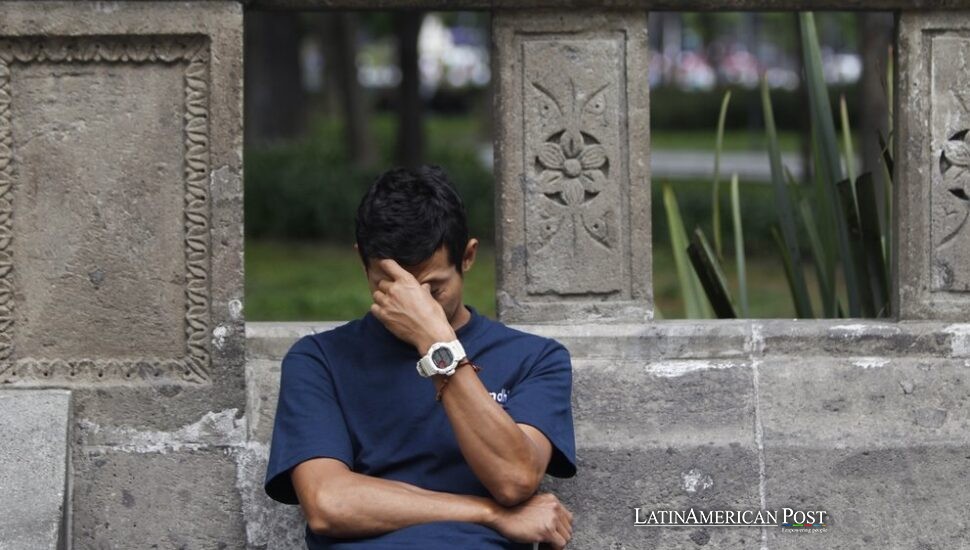Latin America’s Invisible Disability: Why Migraine Demands Urgent Recognition Now

Migraine is not just a headache. It is a neurological disorder that disables millions across Latin America, draining productivity, warping family life, and demanding dignity in care. AHF–EFE survey data indicate that the crisis is urgent, widespread, and no longer being ignored.
The Hidden Weight of Migraine in Latin America
In Mexico and across the region, migraine is a silent thief of opportunity. It interrupts workdays mid-stride, derails study plans, and erodes the quality of life during the years when careers and families should be flourishing. According to an AHF survey conducted between February and August 2025 in seven countries, the burden falls most heavily on women. In Mexico, 76 percent of respondents were female, with a majority between 25 and 44, the very age range when society expects productivity and caregiving to be balanced.
The timelines are punishing. Nearly half of the respondents reported attacks lasting more than nine hours, and some endured episodes stretching beyond three days. Yet one in four waited more than five years for a diagnosis, and nearly 30 percent still lack one altogether. For Dr. Martha García, Pfizer Mexico’s medical lead for migraine, the findings expose systemic failure. “Despite its high prevalence, many people remain undiagnosed or receive fragmented care. They face high personal costs, limited insurance coverage, and scarce access to specialists,” she told EFE. That is not a complaint; it is a map of neglect.
Productivity Shattered by Pain—and Presenteeism
The economic cost of migraine is not only in absenteeism. It hides in presenteeism—being physically present but cognitively sidelined. More than half of patients reported pushing through attacks at work with sharply reduced performance; 37 percent experienced dramatic productivity drops, and almost 10 percent reported frequent absences. Employers count hours; migraine erases output.
The damage does not clock out at five. Fifty-eight percent of respondents described anger or frustration during or after attacks; nearly four in ten struggled with depression or lasting sadness. Over half saw daily tasks upended, and seven in ten experienced lingering fatigue and poor concentration—the fog after the storm. Migraine leaves no corner of life untouched: the movie nights canceled, the school pickups missed, the weekends spent bargaining with the next wave of pain.
The tragedy is that this feels so routine. Patients are told it’s “just stress” or “just a headache.” In Mexico, 44 percent said their symptoms were dismissed or minimized before diagnosis. Every dismissal delays care, deepens stigma, and recruits guilt as a co-morbid condition. The message is devastatingly clear: if your illness is invisible, your suffering is optional. It isn’t.
A Failing Healthcare Response
Information is power in chronic disease—and too many patients are powerless. Over half of the respondents felt poorly informed about treatments, and one in three were dissatisfied with the care they received. In a region where neurologists are scarce and waiting lists are long, this knowledge gap is catastrophic.
Migraine care is not just a prescription pad. The evidence is strongest when multi-modal: modern preventives and targeted acute therapies, yes, but also psychological support, sleep and trigger management, and community networks that help patients navigate attacks without losing wages or dignity. Training clinicians to spot migraine early—and to communicate without condescension—is as vital as expanding access to advanced drugs. “Migraine is not invisible to those who live it, but the patient’s journey is long and full of stereotypes. We need to transform this knowledge into actions that recognize it as a disabling disease with real impacts,” Dr. García told EFE. That is a blueprint, not a slogan.
Policy can move quickly if it chooses to do so. Primary-care pathways should include standardized screening, clear referral criteria, and affordable first-line preventives. Insurers—both public and private—must cover evidence-based medications, including newer options where clinically indicated, alongside behavioral therapies that reduce the frequency of attacks. And because migraine often coexists with anxiety, depression, and hormonal cycles, integrated care must be the rule, not the exception.
Breaking the Cycle of Invisibility
Migraine robs millions of time, income, and dignity, yet rarely command attention like cancer, diabetes, or heart disease. Invisibility is dangerous: without recognition, there is no pressure to improve coverage, invest in awareness, or admit new therapies to formularies. Without cultural change, workers will continue to be penalized for conditions they cannot control; students will continue to fail classes they were too sick to attend; parents will continue to apologize for pain they did not choose.The AHF–EFE data offers an opening.
Numbers give shape to what patients have said for years: migraine is a neurological disorder with social consequences. Governments can start by adding migraine to national disability and chronic-disease frameworks, collecting routine data on prevalence and productivity loss, and funding public campaigns that teach warning signs and first-line responses. Employers can adopt flexible policies—such as quiet rooms, adjusted lighting, and remote options during flares—that cost little and return loyalty. Schools can allow medical accommodations without stigma. Health systems can establish fast-track clinics for refractory cases, ensuring patients aren’t lost in referral loops while their lives are put on hold.
Above all, Latin America must abandon the myth that migraine is a character flaw. It is not a personal weakness. It is a neurological condition that can be managed with the right tools—timely diagnosis, appropriate treatment, steady education, and respect. Recognition itself is a form of care: it validates pain, unlocks coverage, and shortens the journey from first attack to first relief.
Also Read: Concrete Floors, Living Futures: How Guatemala Can End a Preventable Health Crisis
Ignore it, and the costs will keep climbing—not only in GDP but in squandered potential. Listen, and the region gains something more than productivity: a public ethic that refuses to treat invisible suffering as optional. That is how dignity enters a clinic. That is how lives resume. And that is how a misunderstood illness finally steps into the light, where it always belonged.





